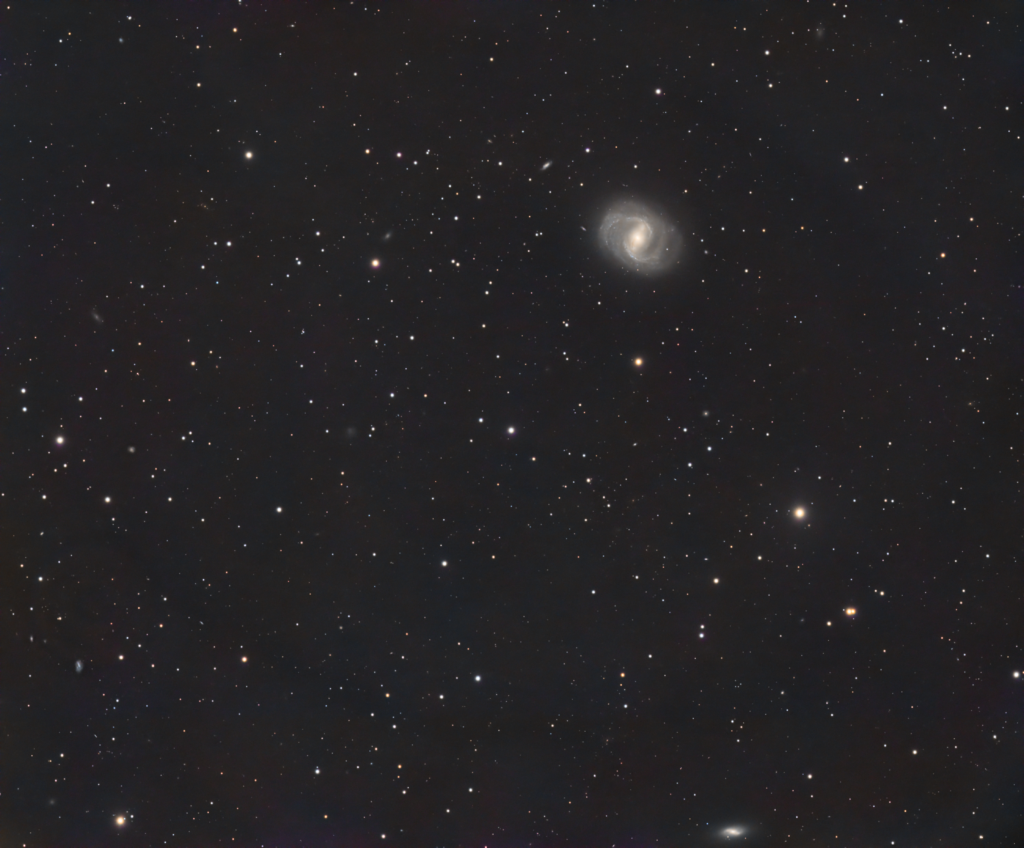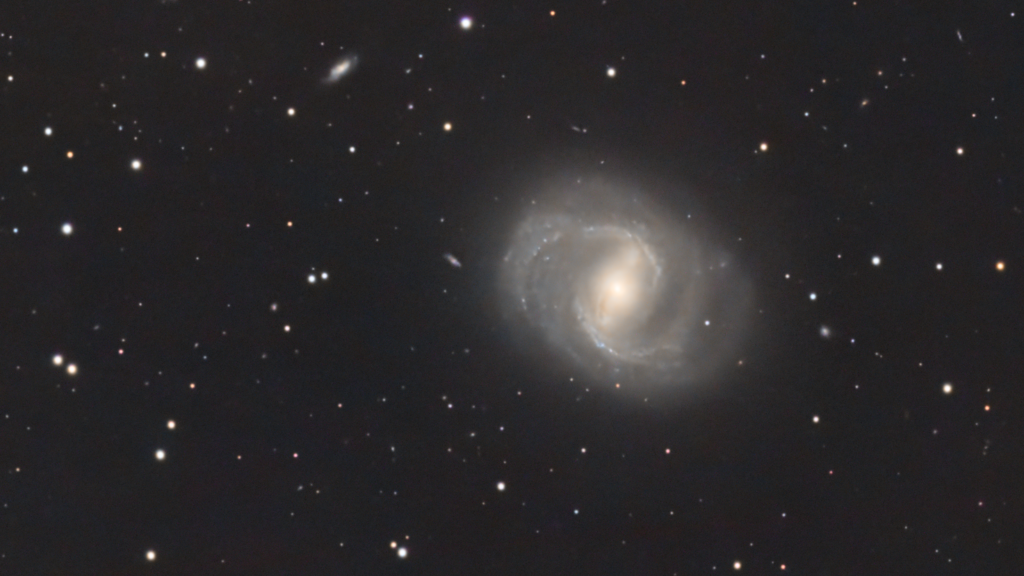
Similar Posts
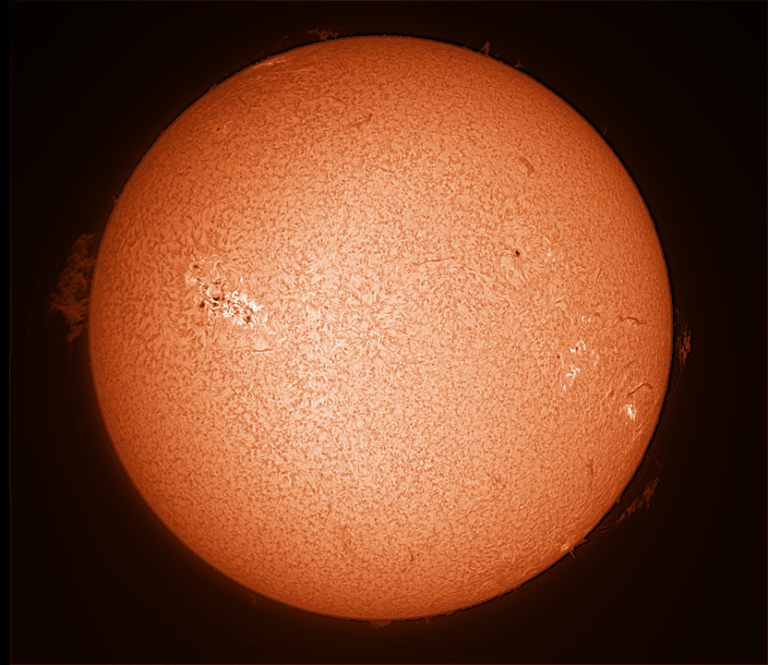
The Sun is Looking Angry Today
That massive sunspot group rivals the size of the one that triggered the Carrington Event in 1859. So far it has kicked off some large coronal mass ejections heading our way, but fortunately nothing on that scale. Let’s hope we just get some pretty auroras from this, and nothing more damaging!

The Eagle Nebula, home of the “Pillars of Creation”
Perhaps the most famous Hubble image is the “Pillars of Creation,” towers of gas where new stars are being born within the Eagle Nebula (formally M16.) My backyard telescope under the thick Florida atmosphere can’t match the resolution of Hubble, but it can still capture this object. I’ve imaged this before, but this is the…
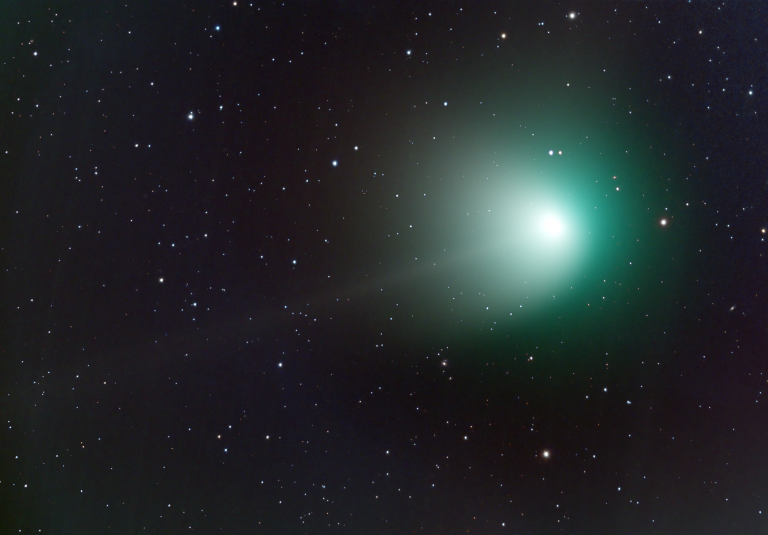
Another look at the “green comet”
I don’t know why the press has latched onto the name “the green comet” for C/2022 E3 (ZTF) – most comets are green, and it’s too dim to see any color at all if you’re viewing it through binoculars or a telescope. But through 2 hours of total exposure time, the colors do emerge, and…
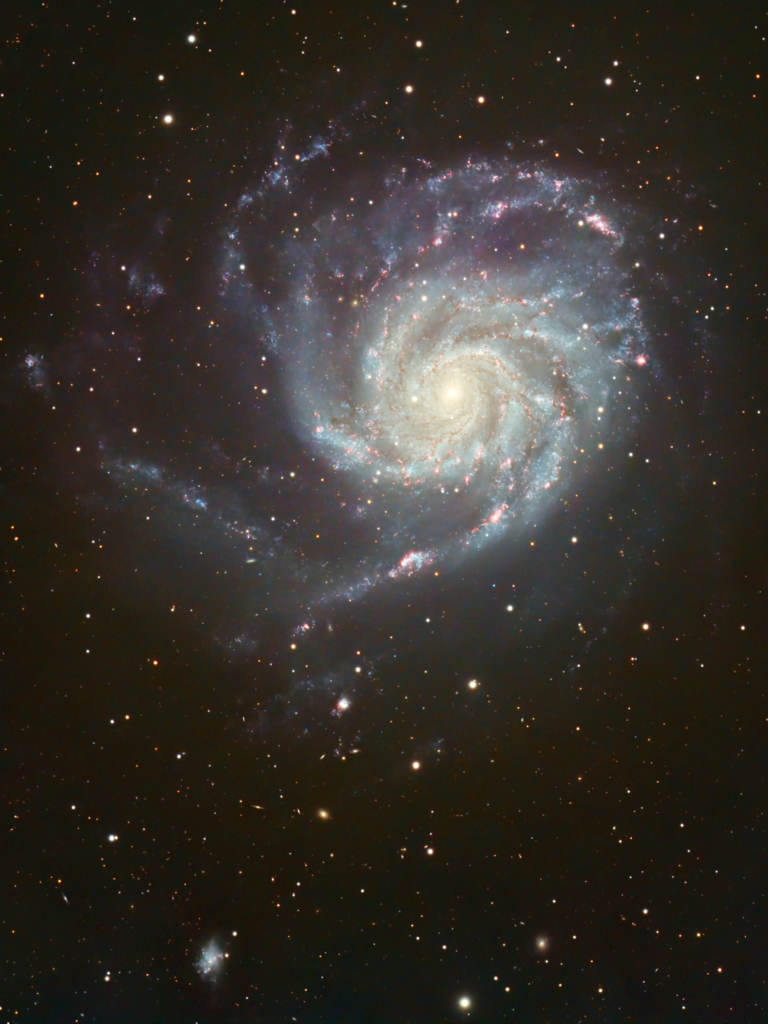
Revisiting the Northern Pinwheel Galaxy (M101)
Somehow I’ve neglected to go back to one of the showcase galaxies of the spring sky with newer equipment and software: M101, the “Pinwheel Galaxy.” Located about 21 million light-years away within Ursa Major, this relatively close galaxy shows lots of active star-forming regions revealed by red HII gas. Those red spots are nebulae in…
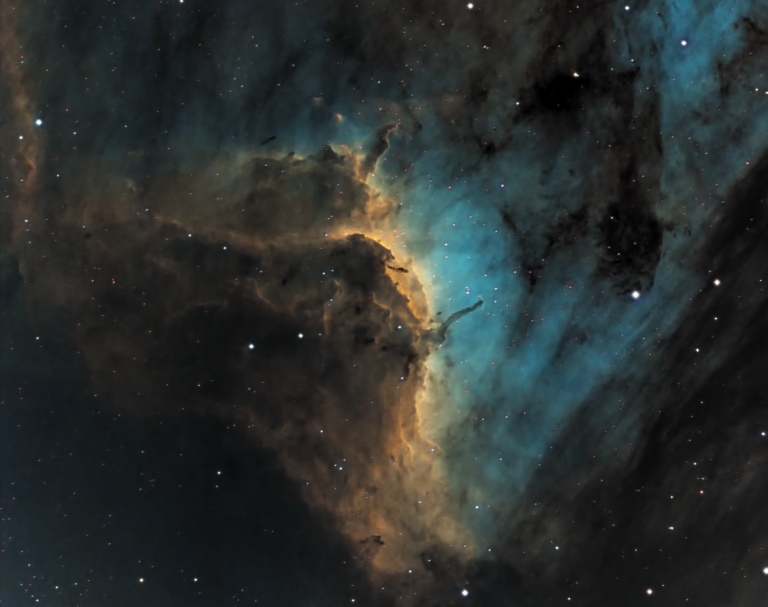
The Pelican Nebula
Granted this is only a portion of it, but for the life of me I don’t see a pelican in this thing. But, it’s still pretty. I processed this object two ways: using the “Hubble palette” that maps red, green, and blue to Sulfur, Hydrogen, and Oxygen emissions (that results in the pretty blue one)…
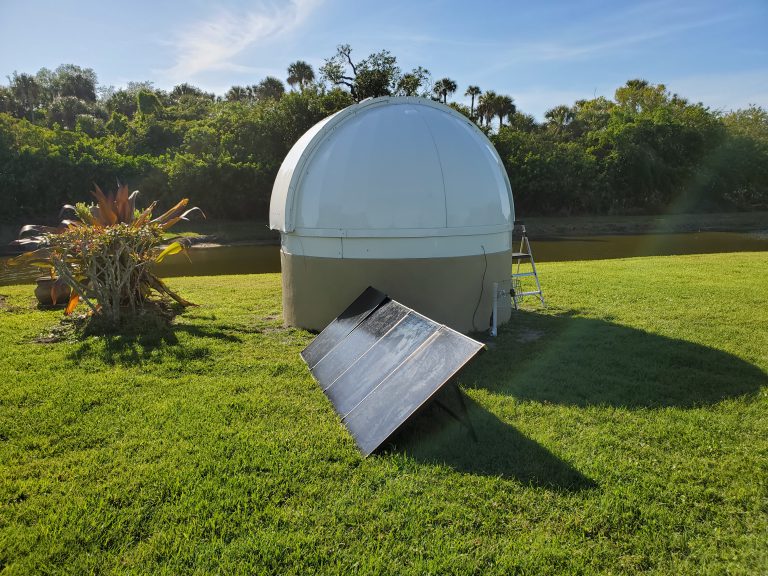
Our new observatory!
Our new house has plenty of land, reasonably dark skies, and a reasonable homeowner’s association… so of course I had to try building an observatory! It may sound crazy, but it does offer a lot of advantages: I no longer have to set up my telescope, wait for dark, polar align it, and run a…

